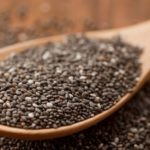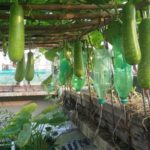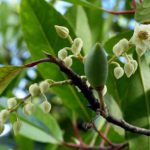The woody grapevine is an intriguing plant that will captivate you at first sight. Unlike typical grapevines, this variety produces grapes that grow densely on the trunk rather than in clusters. Join us as we explore this fascinating woody grapevine in the article below.
1 Basic Information about the Woody Grapevine
The woody grapevine, scientifically known as Jabuticaba, is a species native to South America that was introduced to Vietnam around 15 years ago. Commonly referred to as ground grape or South American grape, this tree bears a striking resemblance to the guava tree, with its woody trunk and fruits growing around it like the Vietnamese fig tree. The fruits resemble grapes but have a thicker, glossy skin that turns black or deep purple when ripe, with white flesh and four seeds.
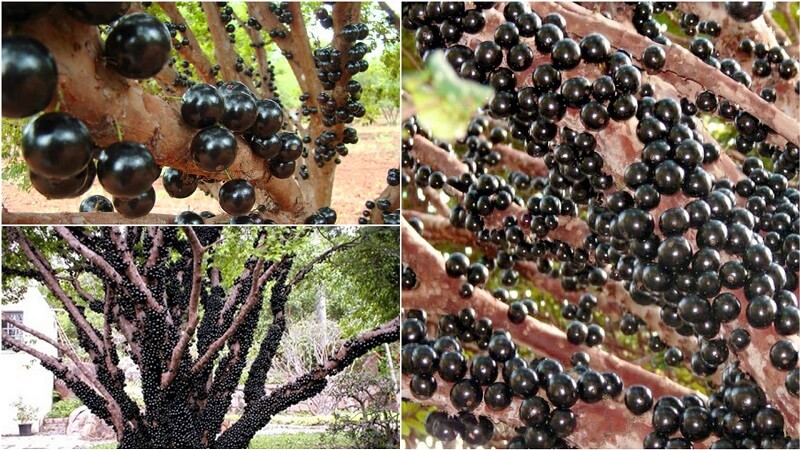 The woody grapevine is native to South America
The woody grapevine is native to South America
Considered a rare and expensive fruit, the woody grapevine is highly valued for its nutritional content. Its flowers are yellow-white and grow directly from the trunk.
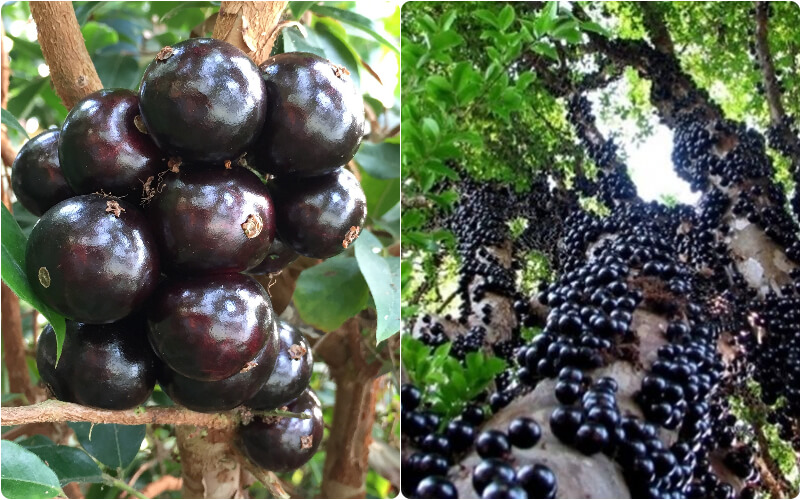 The woody grapevine bears fruits that grow around the trunk like the Vietnamese fig tree
The woody grapevine bears fruits that grow around the trunk like the Vietnamese fig tree
2 Varieties of the Woody Grapevine
Common Woody Grapevine
This variety of woody grapevine bears fruit twice a year and is less prolific compared to other varieties (except for trees older than 10 years that receive proper care). The common woody grapevine has a large trunk and requires ample space to grow. If you plan to grow it in a pot, choose a large one to accommodate its growth.
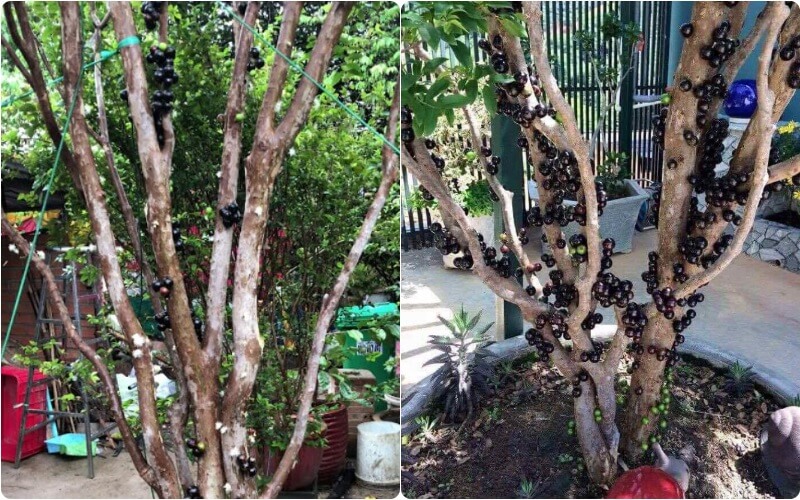 Common Woody Grapevine
Common Woody Grapevine
The fruits of this variety turn a deep black when ripe. Due to its lower yield compared to the four-season woody grapevine, it commands a higher price, ranging from 7 to 15 million VND per tree. The value of the tree increases with its age.
Four-Season Woody Grapevine
As the name suggests, the four-season woody grapevine bears fruit all year round. This variety is sought-after for its unique characteristics. Firstly, it can be grown in pots, and its canopy tends to spread wider than the common woody grapevine, with larger, more attractive leaves.
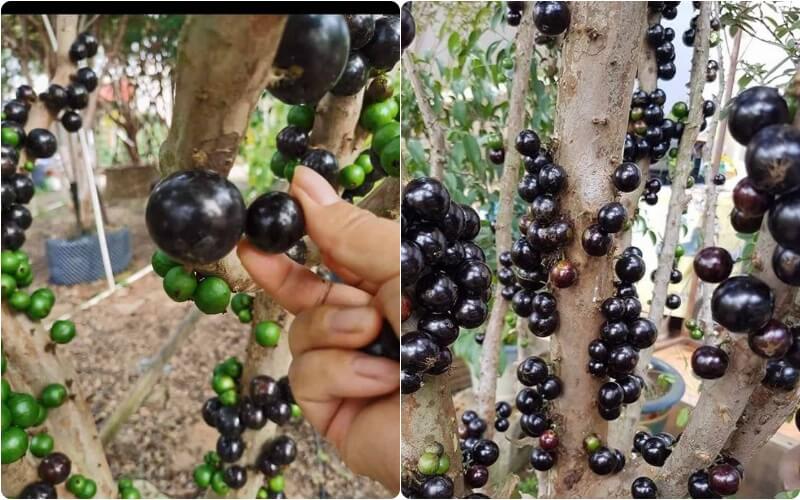 Four-Season Woody Grapevine
Four-Season Woody Grapevine
Additionally, the four-season woody grapevine has a shorter maturation period, taking only two years to bear fruit. The fruits are larger than those of the common variety, with a deep black color tinged with purple. The taste is sweet and mildly fragrant, with round seeds and a thinner skin compared to the common variety. The price of this variety ranges from 500,000 to 2 million VND per tree.
Twelve-Crop Red Woody Grapevine
Unlike the four-season variety, the twelve-crop red woody grapevine bears fruit continuously once it reaches a certain age. It has a shorter stature, making it easier to care for. The fruits initially appear green, gradually turning pink, and then deep red when ripe. The taste is a delightful combination of sweet and slightly sour, with a refreshing and mild flavor. The price of this variety ranges from 250,000 to 15 million VND per tree.
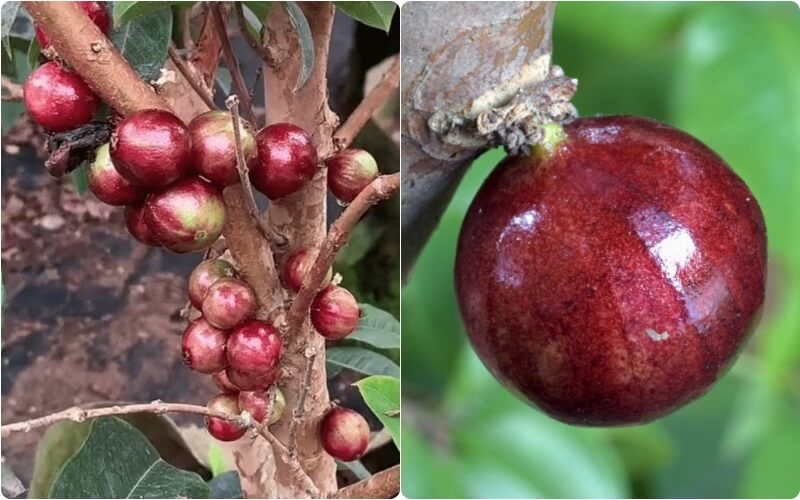 Twelve-Crop Red Woody Grapevine
Twelve-Crop Red Woody Grapevine
Yellow-Fruited Woody Grapevine
This variety stands out from the others with its bright yellow fruits when ripe, resembling papaya or mango in size. The fruits have a sweet and delicious taste. Originating from Brazil, this variety has a growing season in January and February. It is currently sold for 1,500,000 to 6,500,000 VND per tree.
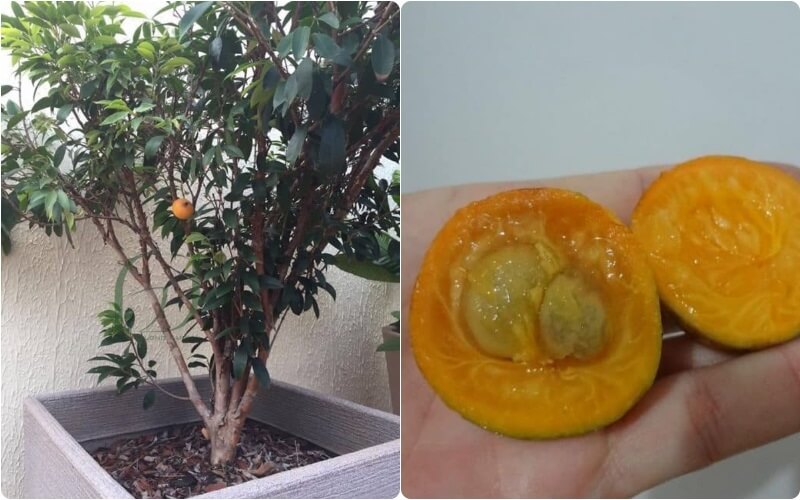 Yellow-Fruited Woody Grapevine
Yellow-Fruited Woody Grapevine
3 Health Benefits of the Woody Grapevine Fruit
Nutritional Content
The woody grapevine is a highly nutritious fruit, offering benefits from its trunk to its fruits. The fruits are low in calories but rich in vitamins, minerals, and antioxidants such as vitamin C, vitamin E, niacin, riboflavin, and anthocyanidin. According to nutrition experts, 100g of woody grapevine fruit contains:
- Energy: 45 calories
- Protein: 1 g
- Carbohydrates: 13 g
- Fat: 0 g
- Thiamine: 0.01 mg
- Phosphorus: 14 mg
- Fiber: 0.6 g
- Vitamin C: 12 mg
- Calcium: 6 mg
- Anthocyanidin: 314 mg
- Iron: 1.9 mg
- Niacin (B3): 2.5 mg
Support for Various Health Conditions
Cancer Prevention
 Anthocyanin in woody grapevine fruit helps fight cancer
Anthocyanin in woody grapevine fruit helps fight cancer
Studies have revealed the presence of the powerful antioxidant anthocyanin in woody grapevine fruit. This compound is known for its ability to inhibit the growth and spread of cancer cells. Additionally, vitamins C and E, along with other antioxidants, contribute to cancer prevention and protection.
Digestive Support
In South America, the woody grapevine is valued as a medicinal plant for treating diarrhea. The fruits are dried and ground, then mixed with water and consumed. The skin of the fruit helps slow intestinal motility, supporting digestive health.
 Woody grapevine is a digestive aid
Woody grapevine is a digestive aid
The high content of vitamins, minerals, and water in the fruit also helps replenish lost nutrients and support recovery.
Powerful Anti-Inflammatory Properties
 Compounds in woody grapevine fruit exhibit strong anti-inflammatory effects
Compounds in woody grapevine fruit exhibit strong anti-inflammatory effects
The abundant antioxidants in the fruit possess strong anti-inflammatory properties, helping to reduce the risk of diabetes and heart disease. Additionally, they can alleviate inflammatory conditions like arthritis, reducing pain and improving quality of life.
Liver Function Enhancement
 Woody grapevine is beneficial for liver health
Woody grapevine is beneficial for liver health
In addition to its anti-inflammatory properties, the compounds in woody grapevine fruit support liver health and its detoxification functions. Daily consumption of the fruit helps eliminate harmful toxins, boost immunity, and promote overall health.
Asthma Symptom Relief
 Woody grapevine is used to treat asthma
Woody grapevine is used to treat asthma
According to South American natives, woody grapevine is an effective remedy for asthma. They use it as a herbal medicine to keep the airways and passages to the lungs open by dilating the bronchi, thereby reducing asthma symptoms. Clinical studies are needed to confirm these findings.
Anti-Aging and Skin Benefits
 Regular consumption of woody grapevine fruit helps with anti-aging and skin health
Regular consumption of woody grapevine fruit helps with anti-aging and skin health
The nutrients, vitamins, minerals, and antioxidants in woody grapevine fruit offer a wealth of benefits for the skin. They help rejuvenate the skin, reduce age spots and wrinkles, and combat the formation of melanin with regular consumption. The compounds and vitamins in the fruit contribute to firmer, healthier skin.
Effective Treatment for Sore Throat
 Woody grapevine juice can soothe a sore throat
Woody grapevine juice can soothe a sore throat
In addition to alleviating asthma symptoms, the juice of woody grapevine fruit mixed with warm water can soothe a sore throat. The compounds and vitamin C in the fruit help fight infections and expedite the healing process.
4 Planting and Caring for the Woody Grapevine
Techniques for Selecting the Right Seedling
Choosing a healthy seedling is crucial for the successful cultivation of a prolific woody grapevine. When selecting a seedling, consider the following criteria:
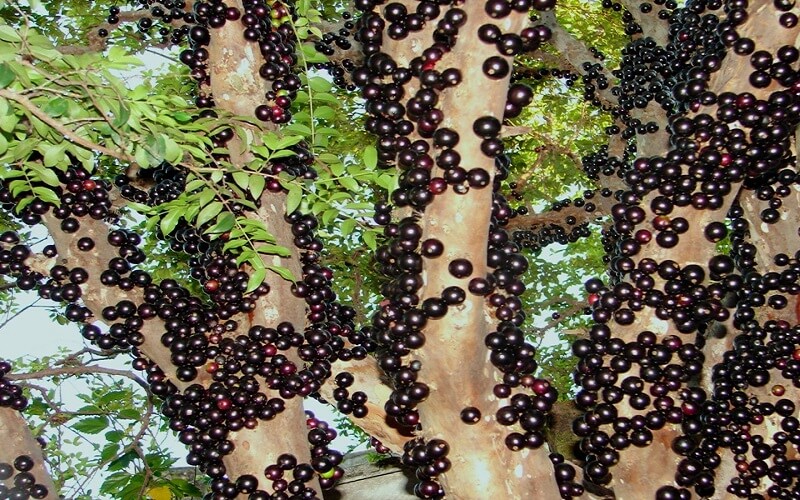 Purchase seedlings from reputable sources with clear origins
Purchase seedlings from reputable sources with clear origins
- Opt for seedlings from reputable sources with clear origins.
- Choose healthy, pest-free seedlings.
- Select seedlings that are 50 to 60 cm tall and approximately five months old.
If you prefer not to purchase seedlings, you can germinate seeds or graft and air-layer branches. However, these methods require more time for the seeds to sprout and the plants to reach a suitable size, and there is a risk of seed failure or waterlogging. Therefore, carefully consider your options before choosing to germinate seeds.
Planting Woody Grapevine Seeds
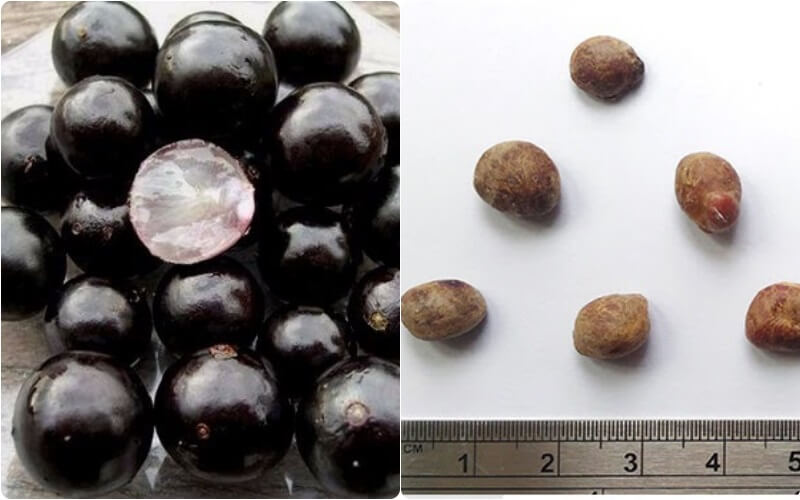 You can germinate seeds or graft and air-layer branches
You can germinate seeds or graft and air-layer branches

























